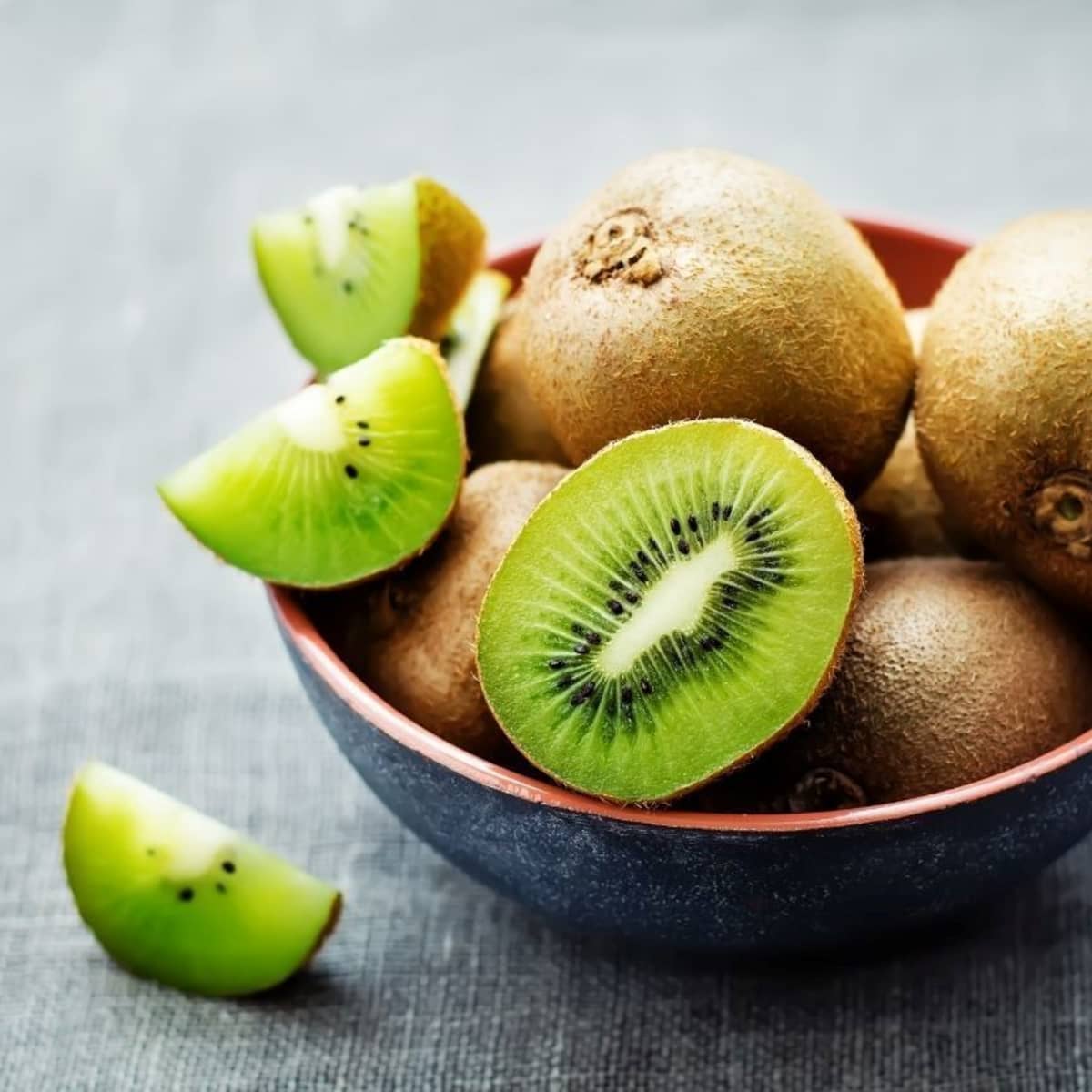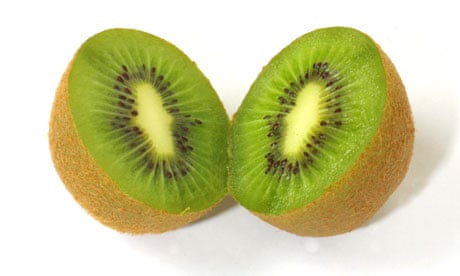Exploring the Unique Features and Interesting Biology of Kiwi: A Comprehensive Study
Welcome to the fascinating world of kiwi! Prepare to be astonished as we uncover exactly how kiwis have adjusted to their flightless presence and find their ecological significance.
Physical Characteristics
What are the physical attributes of a kiwi bird? The kiwi bird is a tiny, flightless bird native to New Zealand. One of the most distinctive features of the kiwi bird is its lengthy, slender expense.
The kiwi bird has a special tuft, with soft, hair-like feathers that resemble fur. Unlike most birds, the kiwi has little wings that are hidden under its plumes and are not practical for flying.
An additional intriguing physical attribute of the kiwi bird is its nostrils situated at the idea of its expense. This adjustment enables them to seek insects and worms, their primary source of food, in the ground cover on the forest floor (what do kiwis taste like). Furthermore, the kiwi bird has large, rounded eyes that are adapted for low-light problems, as they are primarily nighttime
Feeding Habits
To comprehend the feeding routines of the kiwi bird, you need to observe its foraging habits and nutritional preferences. These birds utilize their solid sense of odor to identify victim hidden beneath the surface area, and then utilize their costs to extract it.
Kiwis are omnivorous, suggesting they eat both plant and animal matter. Along with pests, kiwis likewise take in berries, fruits, and seeds. They have a particular desire for fallen fruits that are rich in sugars, such as the berries of the shrubby tororaro plant. Kiwis have been observed eating a wide array of plant varieties, suggesting their versatility to various food resources.
Remarkably, kiwis do not have a crop, which is a customized component of the digestive system found in numerous birds. Instead, their food passes directly from the esophagus to the belly. This might be an outcome of their unique evolutionary background and ecological particular niche.
Recreation and Reproduction
Currently let's delve right into the fascinating world of kiwi reproduction and reproduction, structure upon our previous expedition of their unique feeding behaviors. Kiwis have an instead interesting reproductive process. They are virginal birds, meaning they create lasting pairs. Once a set has formed, they will continue to be together for life, which can be as much as three decades in the wild.
Throughout this time, the female kiwi will lay one to two eggs, which are uncommonly big contrasted to the bird's body size. Kiwi eggs are the biggest of any type of bird in proportion to body weight.
As soon as the chicks hatch out, they are birthed completely feathery and able to see (what do kiwis taste like). They are also fairly precocious, implying they have the ability to care for themselves fairly rapidly. However, even after the chicks have actually hatched out, the moms and dads remain to offer treatment and defense for them until they are totally independent, which can take numerous months.

Adaptations to Flightless Presence
During their evolutionary background, kiwis have developed exceptional adjustments for their flightless existence. As a flightless bird, the kiwi has undergone numerous adjustments to its makeup and actions that permit it to prosper in its unique setting. Among the most obvious adjustments is its wing framework. Unlike various other birds, kiwis have little, vestigial wings that are practically ineffective for flying. Rather, these wings have actually evolved into effective appendages that aid in balance and stability, enabling the kiwi to navigate its woodland floor habitat easily.
One more adaptation that kiwis have actually created is their strong legs and feet. These features enable them to effectively walk and run, making up for their failure to fly. The kiwi's legs are located and muscle far back on its body, offering it with a reduced facility of gravity and optimum balance. In addition, its feet are geared up with sharp claws that help in excavating and foraging for food.
In order to make it through without the ability to fly, Find Out More kiwis have actually Source additionally developed a keen sense of scent. Their long, slender beaks house highly delicate nostrils, permitting them to detect bugs and worms underneath the forest floor. This impressive adjustment aids kiwis locate food resources and preserve a balanced diet.
Ecological Significance
The environmental value of kiwi lies in their role as key seed dispersers in their indigenous habitat. As they relocate through the woodland floor, kiwi forage for pests, worms, and a variety of plants.
The kiwi's capacity to disperse seeds is critical for keeping the biodiversity and equilibrium of their ecological community. By spreading out seeds across different areas, they add to the growth and wealth of different plant varieties. Consequently, these plants offer food and shelter for various other animals, creating a web of interdependencies within the community.
In addition, kiwi play a crucial role in managing the population of specific plant species (what do kiwis taste like). Some plants produce an extreme number of seeds, which can result in congestion and limited sources for various other plants. By eating and distributing these seeds, kiwi help regulate the development of such plants, making certain a much healthier and more varied community
The ecological value of kiwi extends past i was reading this their role as seed dispersers. Their burrowing behavior additionally adds to dirt aeration and nutrient recycling, improving the overall health of the forest floor. Additionally, their feeding habits can help manage insect populaces, decreasing the threat of pest outbreaks that can hurt plants.
Verdict
To conclude, discovering the unique features and interesting biology of kiwi discloses its physical qualities, feeding practices, recreation and breeding patterns, as well as its adjustments to a flightless existence. With its distinguishing characteristics and eco-friendly value, the kiwi functions as an amazing example of nature's variety and adjustment. By comprehending and appreciating the kiwi's duty in its community, we can even more promote conservation initiatives to make sure the preservation of this impressive varieties for future generations.
